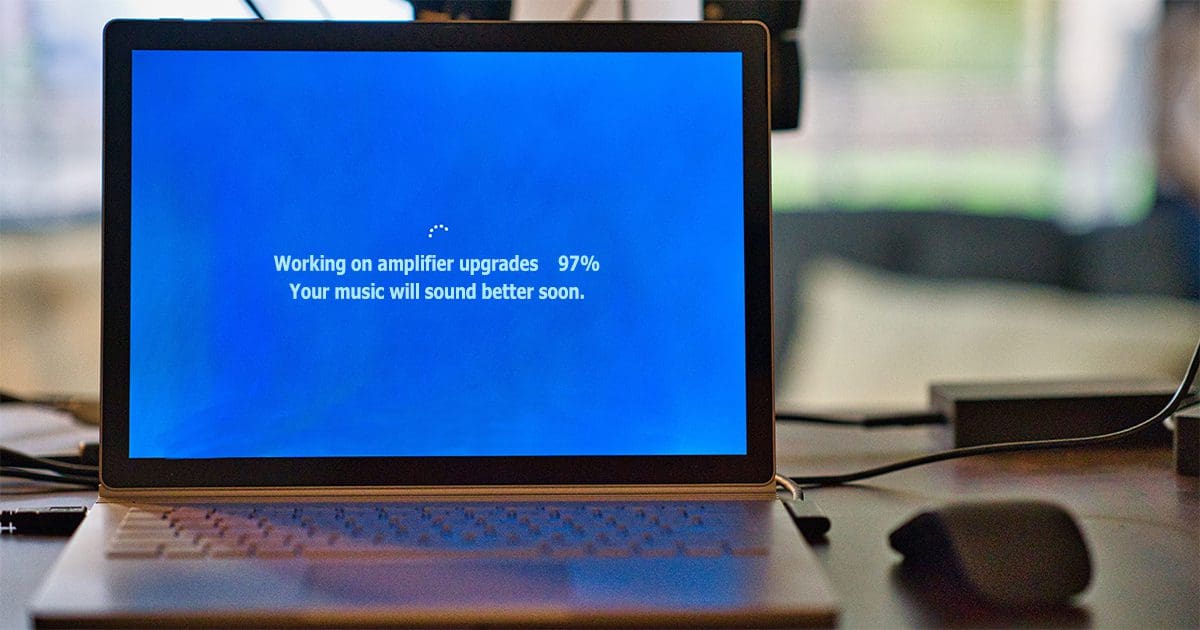Unlike a home audio system, you can listen to your car audio system as loudly as you want while driving to work or school. Sure, the folks beside you at a stoplight might laugh as bit as you’re rocking out to “Bohemian Rhapsody,” but that’s their problem, not yours! If you want your music to sound good at high volumes, you’ll likely need to upgrade your car stereo system with an amplifier. Let’s look at three reasons music enthusiasts need an amplifier added to their car stereo system.
Laying the Foundation
To be clear, even the most basic car radio, installed by the factory or at a mobile enhancement retailer, has an amplifier built in. In most cases, these amplifiers are a single integrated circuit that can deliver between 15 and 20 watts of continuous power to four speakers. Sony High Power radios are the exception to this. These High Power radios use an amplifier that can deliver an actual continuous 45 watts of power to each of the four speakers.
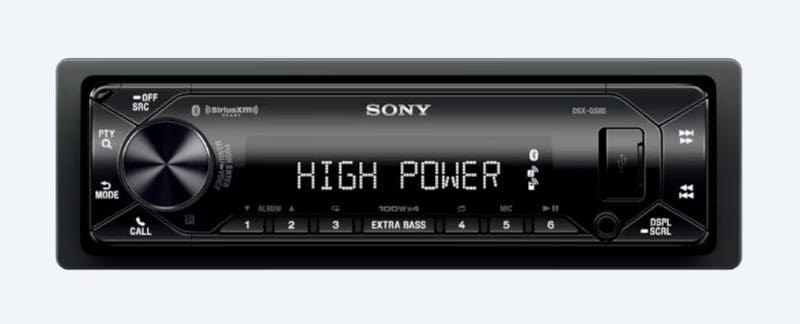
When we talk about adding an amplifier to an audio system, we’re talking about a stand-alone solution that would mount under a seat or in a vehicle’s trunk or storage area.
One last note before we dive into the reasons to upgrade your car’s audio system with an amplifier. When looking at amplifier ratings, we only discuss continuous ratings and never peak or dynamic power. If you want to understand how amplifier power (and other specifications) should be measured, please refer to the BestCarAudio.com article about the recently-updated ANSI/CTA-2006-D Testing and Measurement Methods for In-Vehicle Audio Amplifiers standard.
Amp Upgrade Reason 1: More Output
Let’s assume that you have a basic factory-installed radio in your vehicle that can provide about 20 watts of power to each speaker. Assuming the speakers are about 89 dB (1-W/1-M) efficient like the Honda speaker we tested, we can surmise that 20 watts of power would let each speaker produce about 102 SPL dB of output. With four playing in the car, 112 dB SPL is theoretically possible before the amplifier hits its power limit and starts clipping and adding distortion. Clipping will make the music sound very garbled and muddy.
If we upgrade the system to an amplifier that provides 75 watts of power to each speaker, the maximum output would be almost 108 dB SPL per speaker. The four could theoretically produce 120 dB of output. Unfortunately, the speakers that came with your car likely can’t handle this much power or play that loudly. Nevertheless, your stereo system will play louder and clearer with an amplifier than just running off the little IC amp built into the radio.
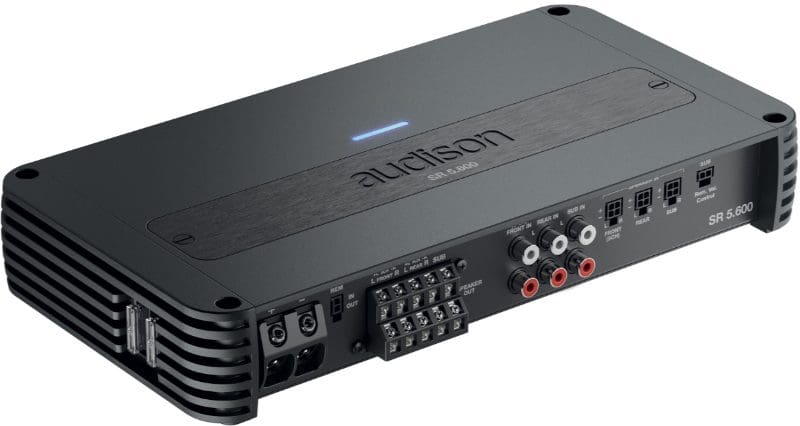
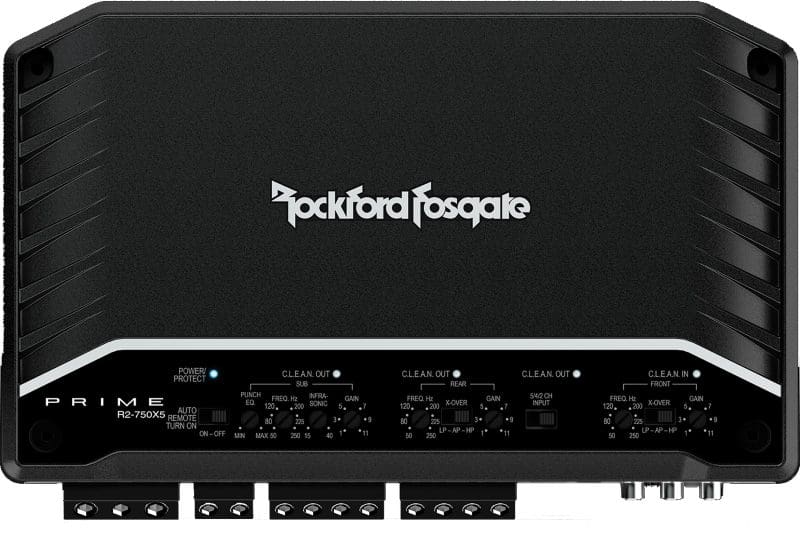
Amp Upgrade Reason 2: More Bass
You likely know that it takes a lot more power for speakers to reproduce bass frequencies than it does to produce midrange and high-frequency information. In fact, for a constant output level, speakers need twice as much power for every octave lower you want the system to play. By way of an example, if a speaker required 10 watts of power to play 200 hertz at 100 dB SPL, it would require 20 watts of power to play 100 hertz at the same volume level. If we extend this further, we need 40 watts to play 50 Hz and 80 watts to play 25 Hz. It’s easy to see that we run out of power quickly as the audio information we want to play loudly contains more bass information.
One of the most significant benefits of having a more powerful amplifier is the ability of the audio system to reproduce the low-frequency information in the music you’ve chosen without distorting it. Think about what adding a dedicated subwoofer and amplifier does. The small speakers in your car can focus on playing audio information above 80 Hz, and the subwoofer and its amplifier can handle the heavy lifting for frequencies below that. Even if you use a radio to power the smaller speakers, they can play louder because they don’t need to try playing bass frequencies. This is why adding a subwoofer to your car audio system is one of the best upgrades you can make.
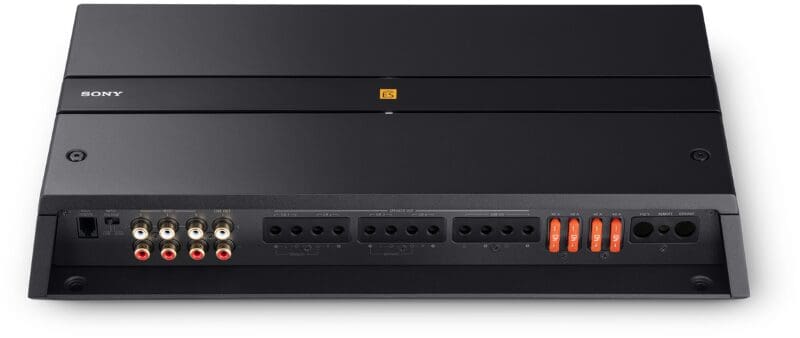
Amp Upgrade Reason 3: Improved Performance
Another great reason to upgrade your car’s audio system with an amplifier is to improve performance. The little IC amplifiers are impressive in their capabilities, but they can’t hold a candle to a premium amplifier in terms of distortion characteristics. These IC amps’ distortion versus output power characteristics are reasonable around 1 kHz but fall short of what would be considered good at frequencies outside that range. Conversely, a well-designed amplifier adds several orders of magnitude less distortion. Likewise, the channel separation will improve, and the system will add less noise. Of course, the accuracy of this statement depends wholly on the amplifier you choose. If you pick one of those internet brands, you’ll likely be relegated to the system just playing louder and not being any clearer.
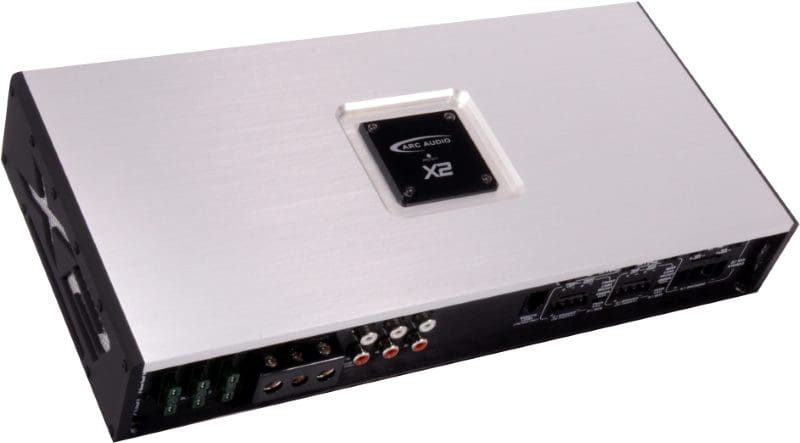
Improve Your Car Audio System with an Amplifier Upgrade
If you want your car audio system to play louder, produce more bass and sound more precise, visit a local specialty mobile enhancement retailer today and ask about adding an amplifier. They can help you choose a model that will sound great, have enough channels to drive the speakers you want and include features that will improve the system’s performance. Best of all, they can install and configure the amp to provide the best possible performance.
